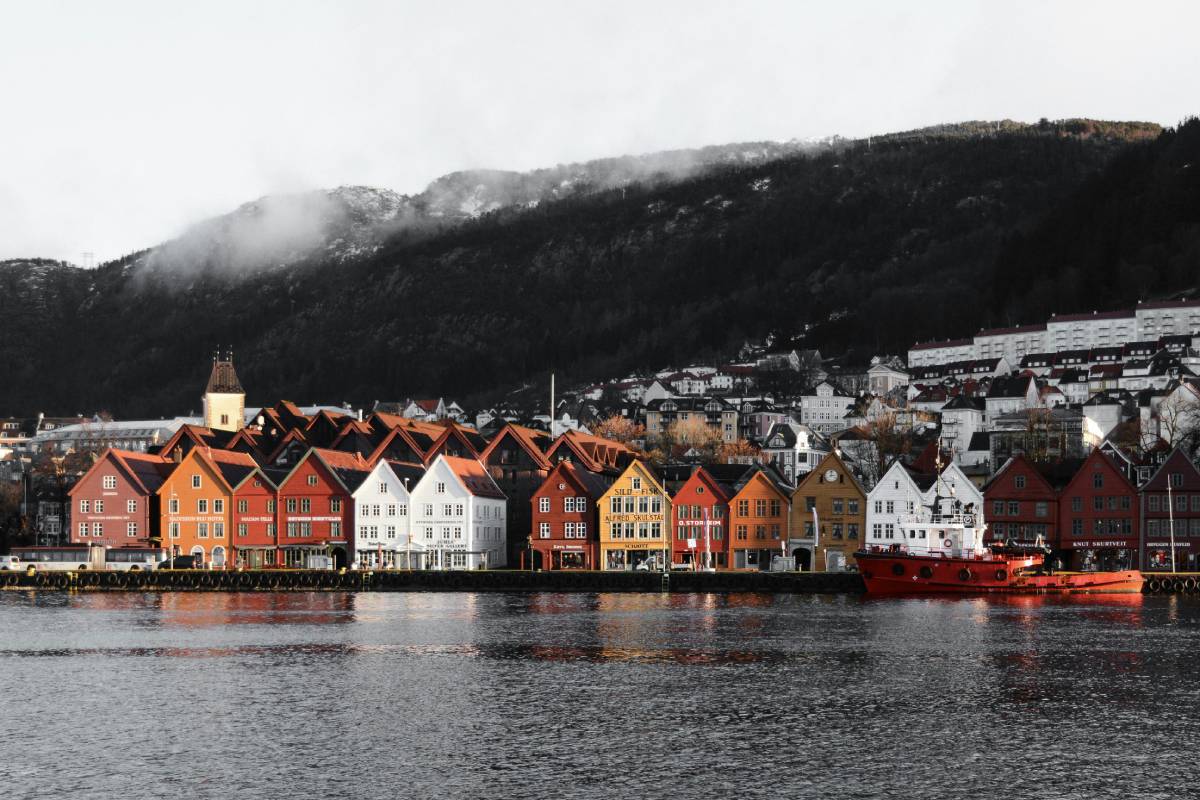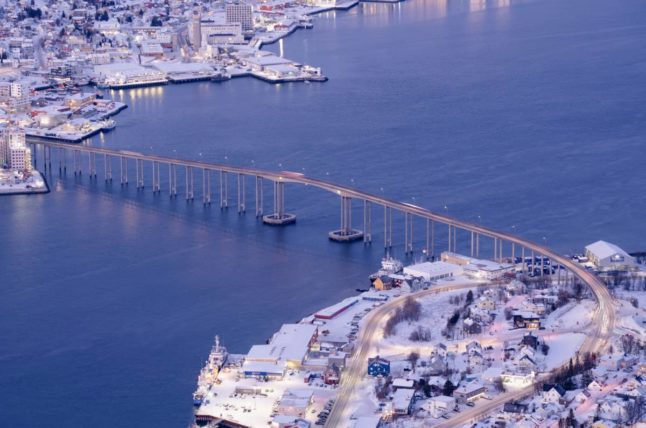Before we dive into the drawbacks of retiring in Norway, it’s only fair to recognise the country’s many attractions for prospective retirees.
With its generous welfare system and top-notch healthcare, Norway often ranks among the top retirement destinations. A recent Natixis study named it the best country to retire in 2024.
READ MORE: Five reasons to retire in Norway
However, on the flip side, there are several significant downsides that require reflection if you’re considering Norway as your future retirement home.
Norway is (really) expensive
You guessed it – we’re starting this list with an issue that affects everyone who moves to the country (as well as everyone who already calls Norway home): the high living costs.
Norway was considered expensive even before the 2022-2024 cost-of-living crisis rocked Europe, and recent inflation growth has not improved things for consumers.
Norway’s inflation is expected to decrease to around 3 percent by the start of 2025, according to Statistics Norway (SSB).
While this is significantly lower than the peak of 7.5 percent recorded in October 2022, it still surpasses the central bank’s inflation target of 2 percent.
READ MORE: Cost of living: Has inflation in Norway peaked?
Therefore, everyday expenses in Norway, from paying for most services to groceries, can significantly strain retirement budgets, making it challenging for retirees to maintain their desired standard of living after moving to this Scandinavian country.
The expensive housing market – which isn’t expected to improve anytime soon – also poses challenges for retirees looking for accommodation in Norway.
Whether renting or buying, housing costs in the country’s major cities and desirable regions can be very high, forcing retirees to either downsize or relocate to less desirable – often rural – areas.
There’s a language barrier
While Norwegians are generally pretty good at English, especially in urban areas, the dominant language is, unsurprisingly, Norwegian, and it is the official communication medium in the country.
Accessing healthcare services, navigating bureaucratic procedures, and engaging in social interactions with locals will all progress less smoothly if you don’t command the local language.
Therefore, the language barrier can be a significant obstacle for retirees if they don’t speak Norwegian.
This can be particularly hard on retirees seeking meaningful connections and a sense of belonging in their new community.
So, while English may suffice for basic communication, you may need to become proficient in the local language to integrate into Norwegian society.
The days are dark and short (in the winter)
Another challenge that retirees may face in Norway is the long, dark winters characterised by short daylight hours – especially in the northern regions.
Due to its high latitude, Norway has significantly shorter days and longer periods of darkness during the winter months than many other regions.
EXPLAINED: Can you move to Norway to retire?
This lack of sunlight can impact your mood and energy levels, particularly if you’re accustomed to more daylight throughout the year.
The combination of short days and cold temperatures during the winter months can also limit outdoor activities and recreational opportunities for retirees, so if that’s something you were looking forward to, maybe you should reconsider choosing Norway as your retirement country of choice.

It can be very cold and wet
Norway’s climate is often characterised by cold temperatures and abundant rainfall.
Adapting to Norway’s cold and wet climate can be a significant challenge for retirees from warmer climates or regions.
The country experiences long, harsh winters, particularly in the northern regions, and rainy weather is common throughout the year, especially along the coastal areas (think western and central Norway – Bergen and Trondheim are both great examples of big Norwegian cities that are very wet).
Retirees who enjoy spending time outdoors may find it challenging to pursue their favourite activities in Norway’s cold and damp climate, which can leave them feeling frustrated with their retirement experience in the country.
Norway’s climate can also impact the physical health and well-being of retirees, particularly those with pre-existing health or mobility issues.
Geographical isolation…
Isolation – of the geographical kind – can be a significant issue for retirees considering living in Norway, especially if they plan to move to its rural districts.
While the country’s remote landscapes offer stunning natural beauty, these also come with limited access to healthcare and many essential amenities.
READ MORE: The key things you need to know about purchasing property in rural Norway
In rural areas, retirees may be miles away from hospitals and pharmacies, making timely access to healthcare services difficult. This geographical isolation can also pose severe risks for those with chronic medical conditions or mobility issues.
Furthermore, rural living in Norway also often means limited access to banks, grocery stores, and public transportation.
…and dealing with immigration services and bureaucracy
Dealing with immigration services and bureaucracy is never fun, and Norway is no exception to this general rule of life.
The country’s immigration policies and somewhat complex bureaucratic processes can pose obstacles for retirees looking to obtain residency permits and navigate legal requirements in a timely manner.
In addition, retirees from outside the European Union (EU) may face stricter eligibility criteria and longer processing times when applying for residency in Norway, making the entire immigration process even more cumbersome.
The language barrier can further complicate matters, as many official documents and forms may be available only in Norwegian, so you’ll need assistance or translation services.
The bureaucratic process of retiring to Norway may also involve securing and sharing extensive documentation with the authorities, as well as proof of financial stability, including evidence of retirement savings and pension income, so it’s essential to ensure that you have all of this prepared before you initiate the relocation process.
READ ALSO: Is Norway’s immigration process easier for EEA nationals?



 Please whitelist us to continue reading.
Please whitelist us to continue reading.
Member comments